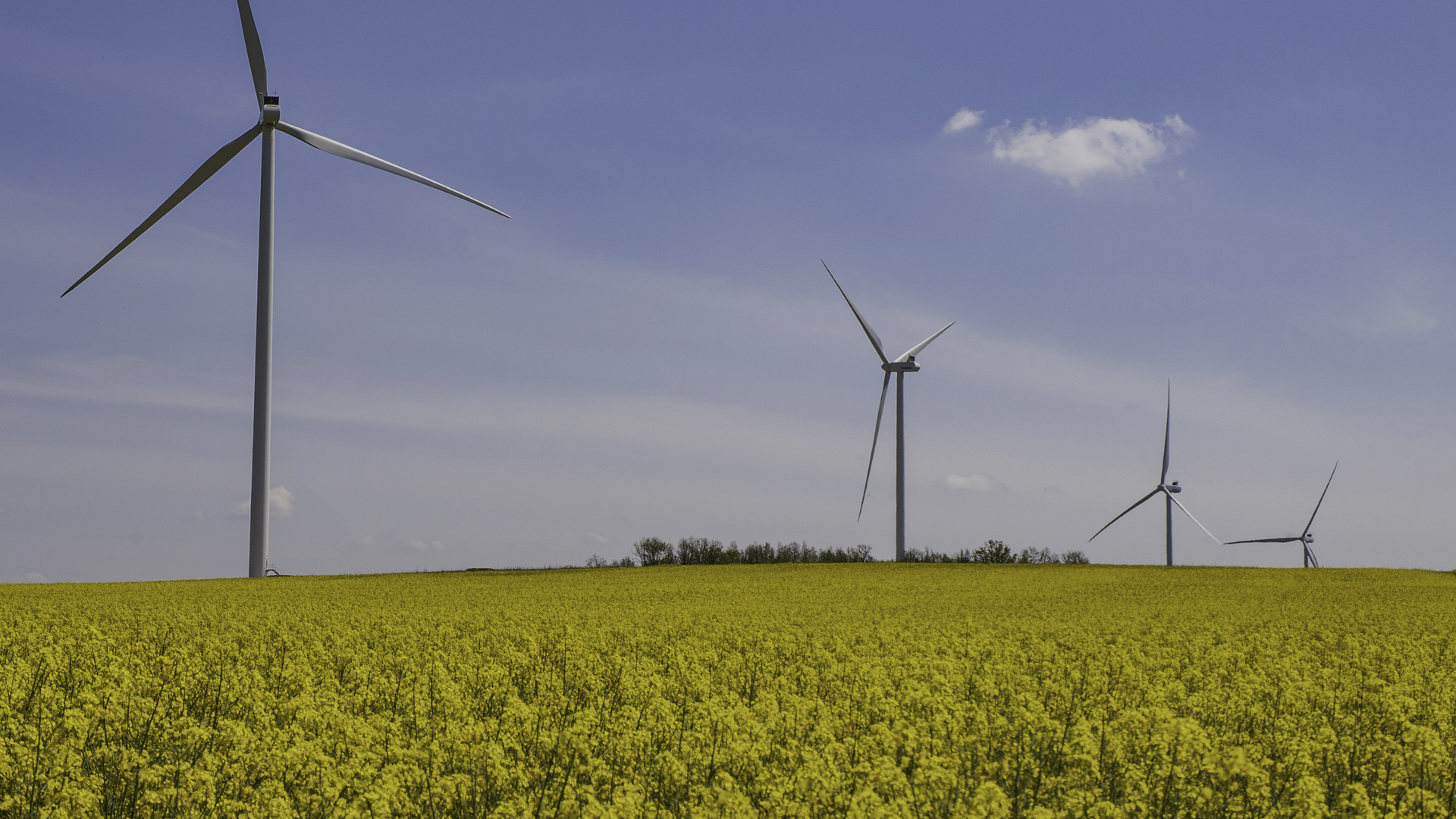01.11.2024 | The Mauvoisin power plants were also severely affected by the storms
‘Humans remain the deciding factor’
Record-breaking water levels, damaged water intakes and sand traps – the Mauvoisin power plants were also severely affected by the storms.
If you travel up the Val de Bagnes in Valais, the traces of the summer storms are still clearly visible. In Champsec, for example, a huge cone of debris still bears witness to the forces of nature. The road was buried over several hundred metres and had to be rebuilt over the debris – it was only at the beginning of September that the road was reopened. ‘We had three storms at the end of June and the beginning of July,’ says Johan Savioz, looking back. He is the operations manager of the Mauvoisin power plants and has been working for the power plants in Lower Valais for almost 30 years. But even he has never experienced such volumes of water as came down this summer.
The storms were record-breaking – and the months before that were wet too. This is shown by the water inflows into the Mauvoisin reservoir, which lies at the very back of the Val de Bagnes at almost 2000 metres above sea level. Between October 2023 and the end of August 2024, over 330 million cubic metres of water flowed into the lake, well above the previous record of around 285 million cubic metres. The good news is that the electricity production of the various plants at the Mauvoisin power stations during this period was around 1205 million kWh, well above the previous record of 1097 million kWh.
But Mother Nature exacted a high price for this record electricity production. Several water intakes and two sand traps were severely damaged by falling rocks and sediment. Debris flows destroyed access roads to the facilities, making work much more difficult for employees. Johan Savioz: ‘The temporary roads added 30 minutes or more to the journey time to the Fionnay plant and the Mauvoisin reservoir,’ he says. What's more, the two on-call employees had to stay in Fionnay or at the reservoir the whole week through, including the weekend.
Plant still out of action
Not all the damage has been repaired yet. The Champsec plant, for example, is still out of action. It is not yet clear when it will be possible to resume operations. Water catchments and sand traps have been damaged or even destroyed. A metre-thick layer of mud is blocking the tunnel to the control centre. Furthermore, the company is working with the cantonal authorities to assess whether water catchments and sand traps need to be completely rebuilt and relocated due to increasing climatic and geological risks.
Have we learnt anything from the disaster? Johan Savioz is convinced that ‘if the frequency of extreme weather events increases, on-site employees will become more and more important’. This was clearly demonstrated in the summer. ‘Employees were able to intervene immediately and take the necessary measures, for example, to take water catchments out of operation’. With a total of 10 water catchments, on-site power is essential, emphasises Savioz. These days, power plant operators also have more information at their disposal: weather models and increasingly accurate forecasts help them to cope with severe weather. Surveillance cameras at the plants show any damage in real time. On the other hand, the worst fears and scenarios did come true with the summer's storms. ‘Therefore, people remain the deciding factor’.

